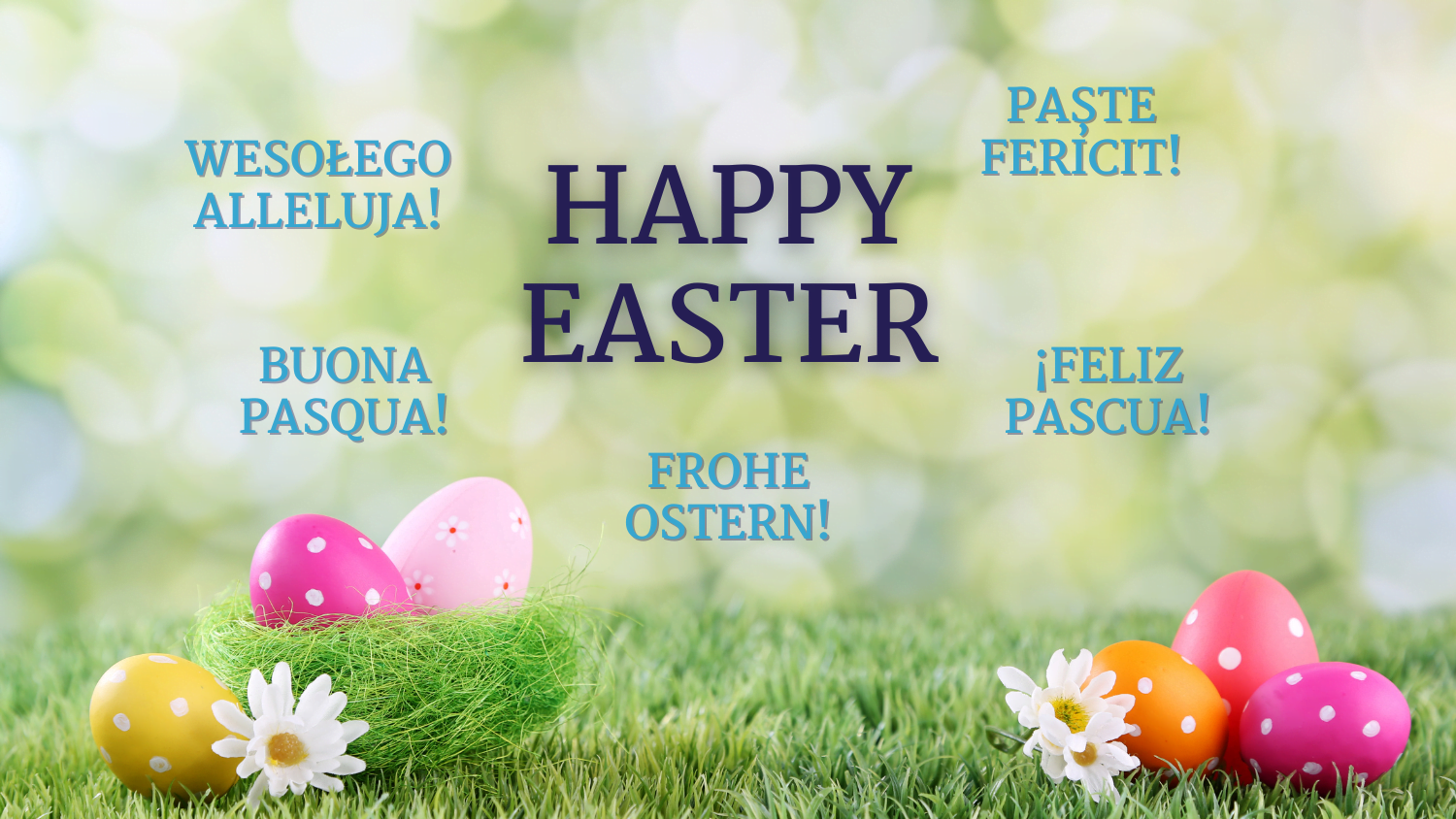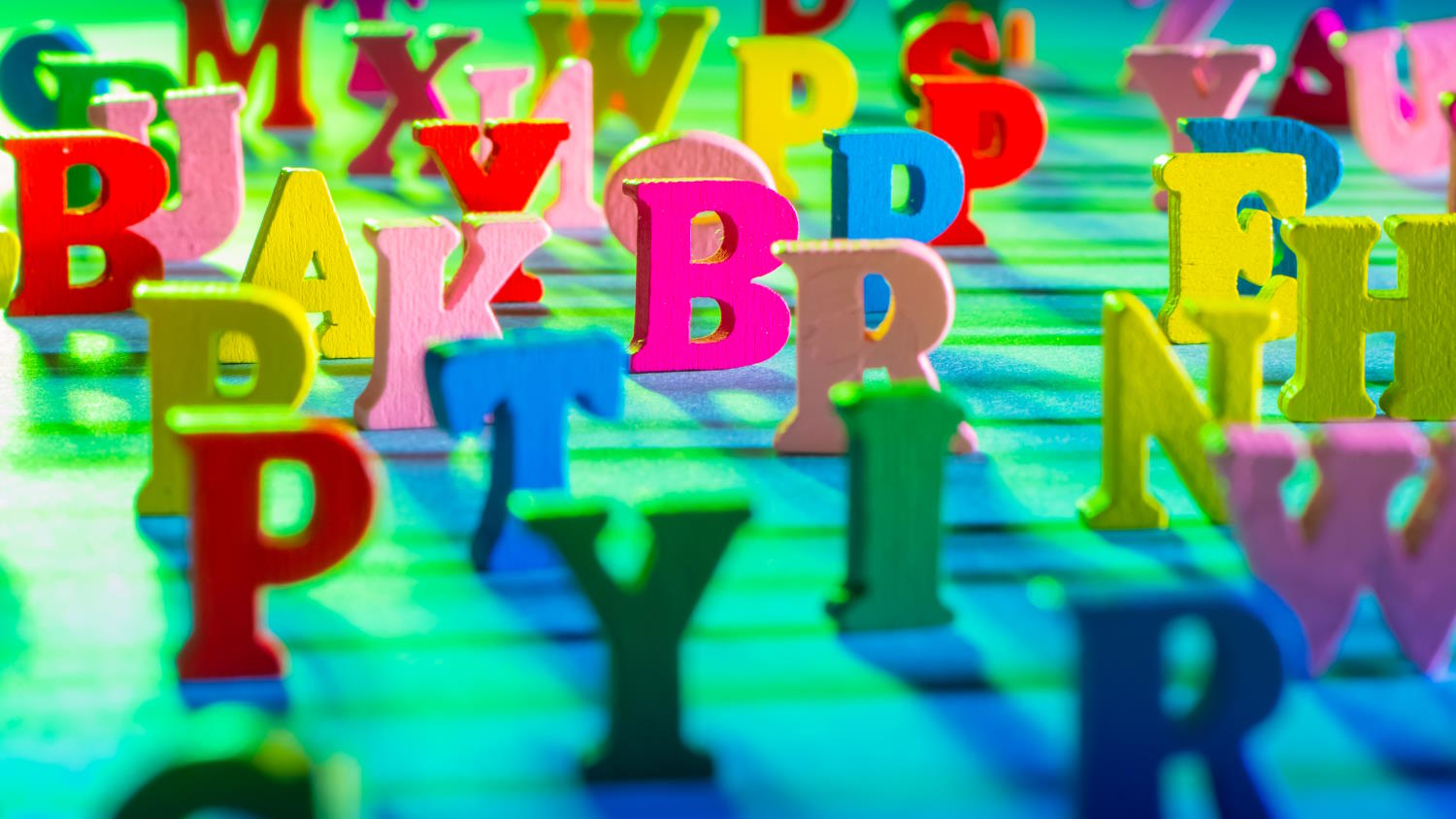Which type of Chinese do I need?
Do you require a Chinese interpreter or translation but aren’t sure which variation of the language you need? Here’s some handy information about the differences between Chinese in both speech and writing.
Spoken
Although there are several regional dialects and variations of the Chinese language, Mandarin and Cantonese are the two main ones. As the official language of the Republic of China, Mandarin is the most commonly used of the two and is spoken in mainland China, Taiwan and Singapore. In the same way that British and American English differ in terms of vocabulary and accent, the Mandarin spoken in these areas also varies. Generally, Mandarin is taught in schools and universities. It is also one of the five official languages of the United Nations. On the other hand, Cantonese is the more traditional variation and is closer in pronunciation to ancient Chinese. It is spoken predominantly in Hong Kong, Macao and southern China (in the Guangdong province). A lot of people assume that Mandarin and Cantonese must sound quite similar; in fact, they are actually said to be as different as English and Turkish! Who’d have thought it?!
Written
Simplified and Traditional Chinese refer to the written versions of the scripts and are much more similar than the spoken ones. Adapted from Traditional Chinese, Simplified Chinese uses fewer strokes. It is considered to be more accessible and has been promoted for use in printing by the government since 1949 in an attempt to increase literacy rates. This certainly doesn’t mean it’s simple though! Simplified Chinese is generally used throughout mainland China and Singapore, whereas Traditional is used in Hong Kong, Taiwan and Macau. That said, there is a difference between the Traditional Chinese used in these places. For informal or creative texts aimed at a Taiwanese audience, we would only ask a translator from Taiwan. In a similar way, for such texts to be used in Hong Kong, the translator would have to be from Hong Kong. However, for more formal texts (such as legal documents or articles for publication), the difference is less apparent, meaning that a Hong Kong Traditional Chinese translation would be acceptable in Taiwan (and vice versa).
Below are some examples of how the strokes vary between Traditional and Simplified Chinese. Can you spot the differences?
English | Simplified Chinese | Traditional Chinese |
| Love
| 爱 | 愛 |
| Horse | 马
| 馬
|
| Door | 门
| 門
|
| Dragon | 龙
| 龍
|
If you would like more information about the differences between the variations of Chinese, please contact us as we will be delighted to help.







